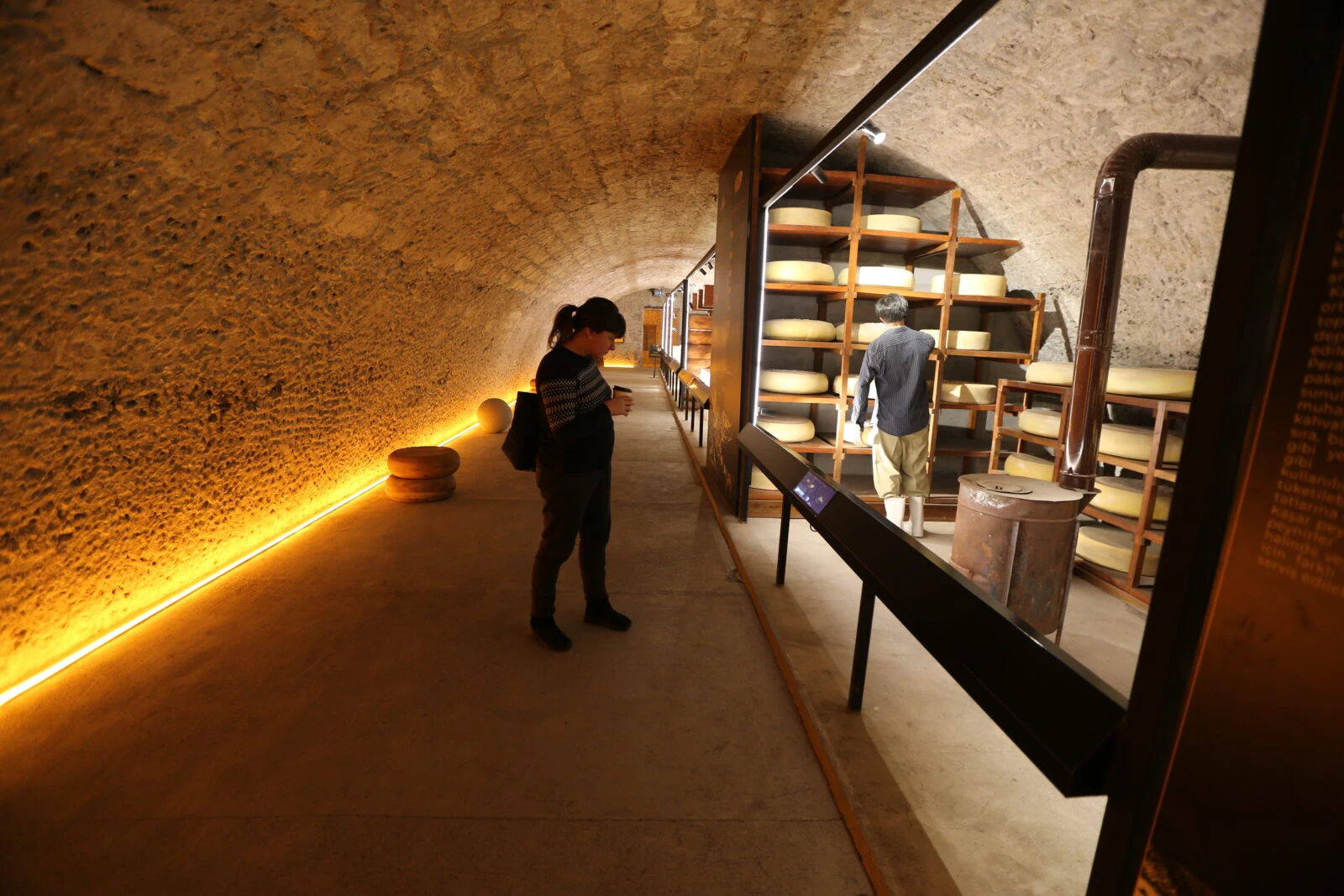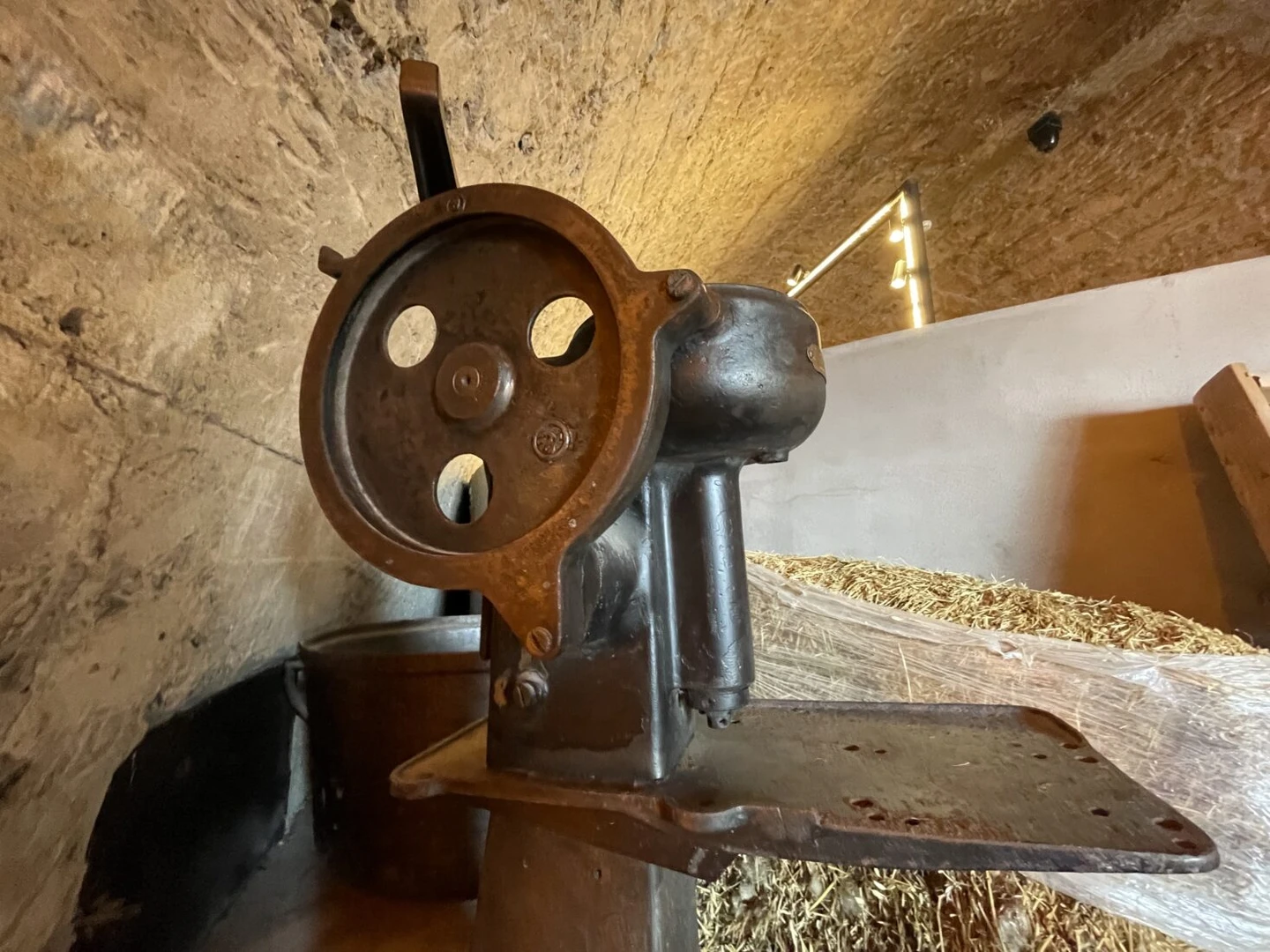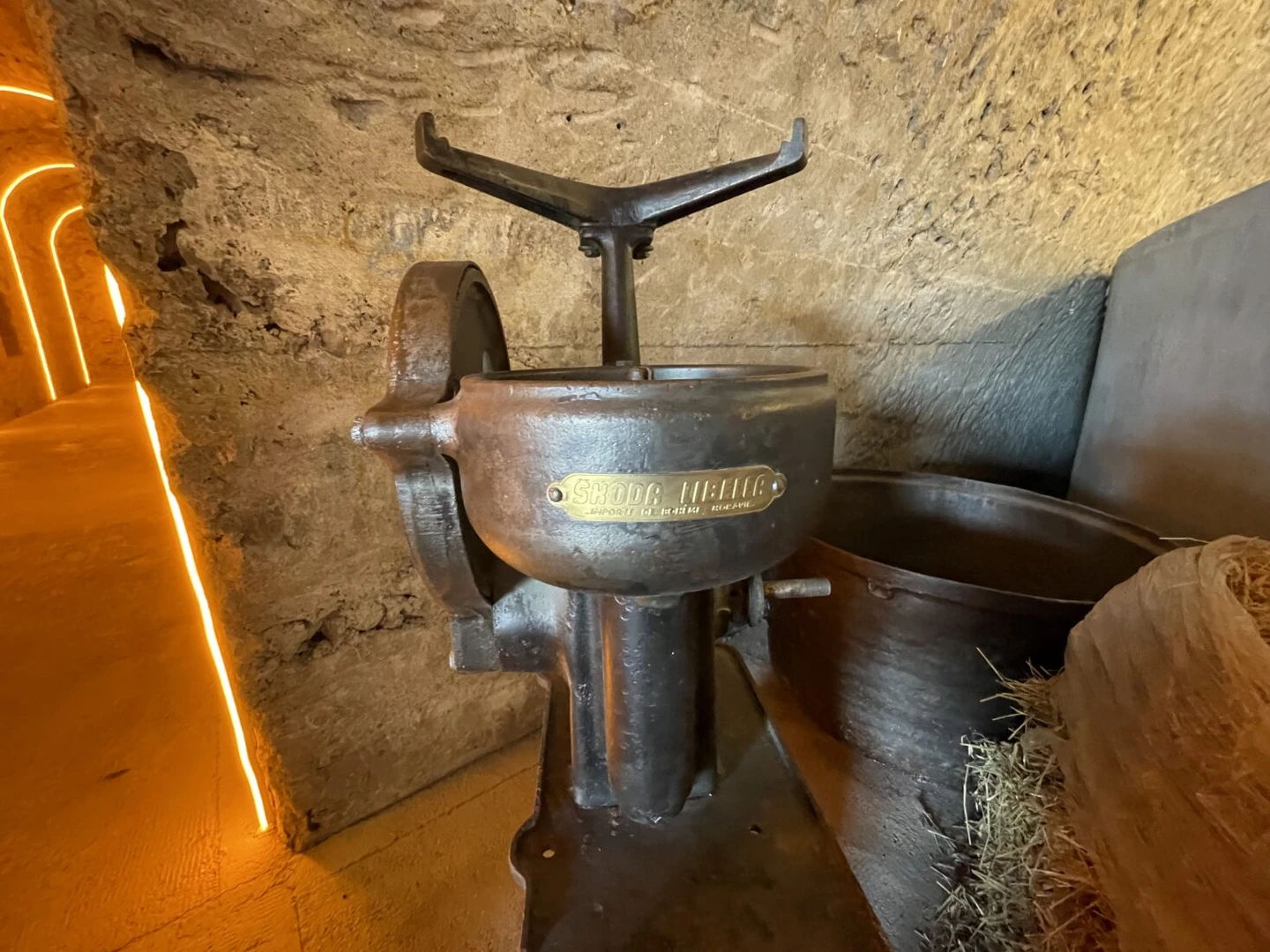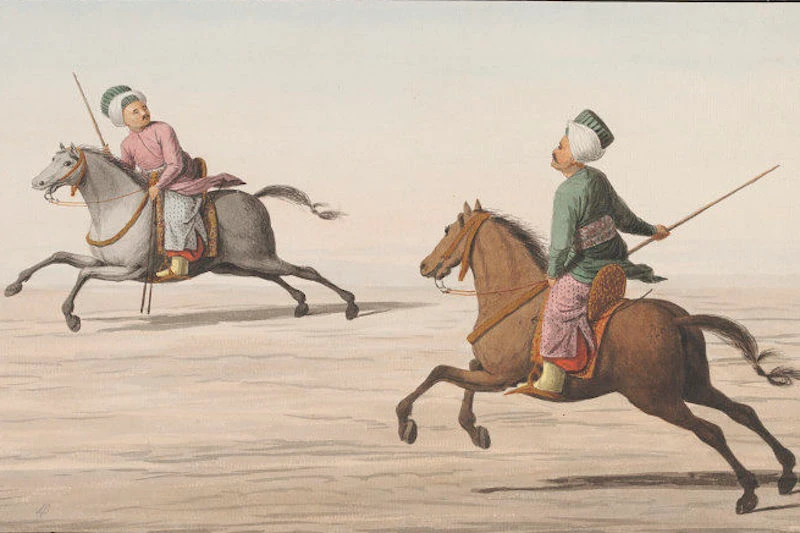Century-old milk separator at Kars Cheese Museum offers a journey through time
 In Türkiye's first thematic Cheese Museum, a 120-year-old milk separator with a lever attracts the attention of visitors. (AA Photo)
In Türkiye's first thematic Cheese Museum, a 120-year-old milk separator with a lever attracts the attention of visitors. (AA Photo)
Nestled within the historic Suvari Tabyasi in Kars, Türkiye’s first thematic Cheese Museum takes visitors on an immersive journey through the region’s rich dairy traditions. From showcasing the production of renowned cheeses like gruyere to highlighting the rustic lifestyle of the highlands, the museum offers a deep dive into the essence of cheese-making.
Among its most fascinating exhibits is a nearly 120-year-old hand-cranked milk separator, drawing significant interest from visitors.

Kars: A key destination on global cheese route
Kars, a city famed for producing cheeses such as gruyere, cecil, and kashar, was recognized in 2020 as the world’s 18th cheese route under the “Gelecek Turizmde” (Future in Tourism) project. This initiative, a collaboration between Türkiye’s Ministry of Culture and Tourism, the United Nations Development Programme, and Anadolu Efes, has cemented Kars as a prime destination for cheese enthusiasts.
The Kars Cheese Museum, established within a historic military barracks, presents an extensive collection of exhibits detailing the cheese-making process. Displays include endemic plants consumed by livestock, replicas of traditional barns, milk-filled churns, and depictions of highland life.

A glimpse into past with a historic Skoda milk separator
One of the standout attractions is an antique Skoda-brand milk separator, constructed entirely from cast iron. This manually operated machine offers visitors a rare glimpse into early dairy technology.
A museum drawing widespread interest
Kars Cheese Museum Director Yesim Koc emphasized that the museum has become a key cultural destination, drawing visitors eager to explore the historical cheese-making process and traditional tools.
“Our museum opened in 2022 and holds the distinction of being Türkiye’s only thematic cheese museum. In terms of area, it is also the largest cheese museum in the world. Beyond models and displays, we have an extensive collection of historical equipment, including traditional wire cheese cutters and graters used for gruyere production. These artifacts generate great interest,” she said.

Highlighting the importance of the antique milk separator, Koc noted, “This machine is around 100-120 years old and holds significant historical value. While Skoda is widely recognized as a car manufacturer, the Czech company originally produced agricultural machinery starting in the early 1900s. Cream separators were among their first innovations before they ventured into bicycles and automobiles. Later, in the 1990s, the company was acquired by German manufacturers and continued its legacy in the automotive industry.”
Koc added that such cream separators are still in use today, with both manual and electric versions found in rural highlands and villages. The museum’s century-old model, however, remains a remarkable relic of dairy heritage, preserving the legacy of early cheese-making techniques for future generations.



